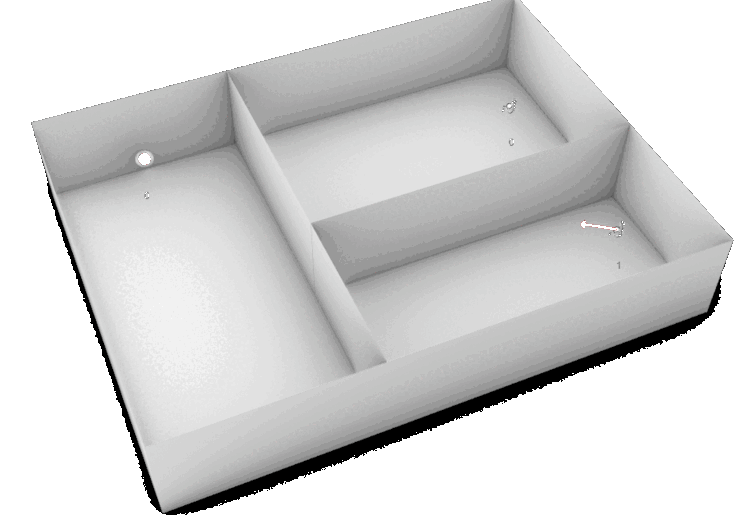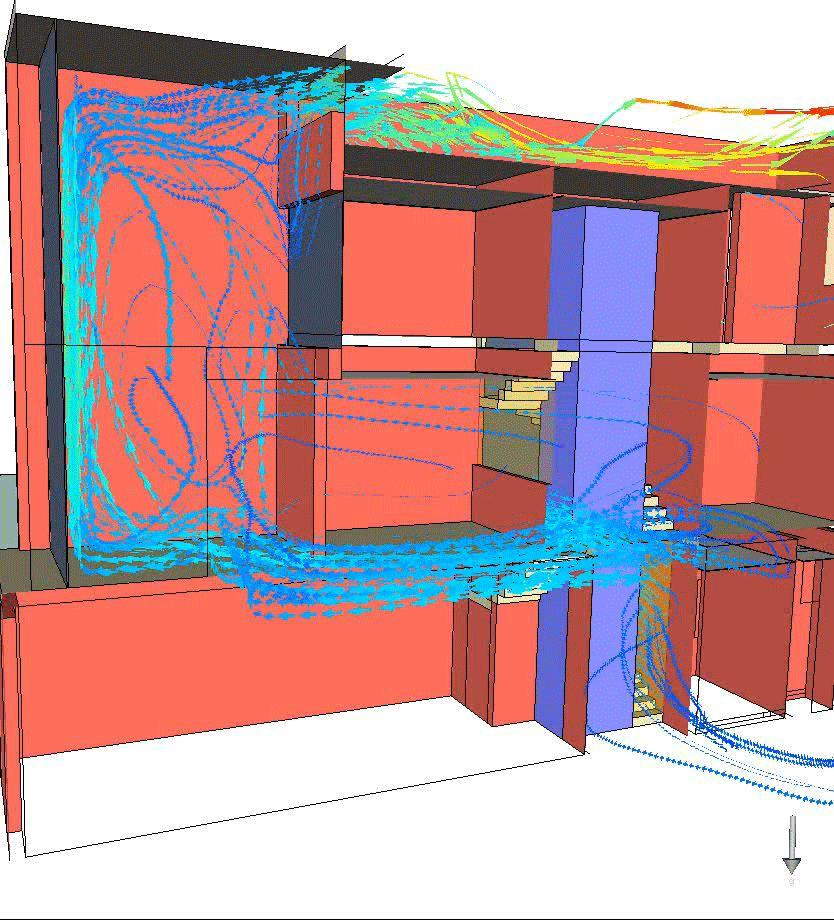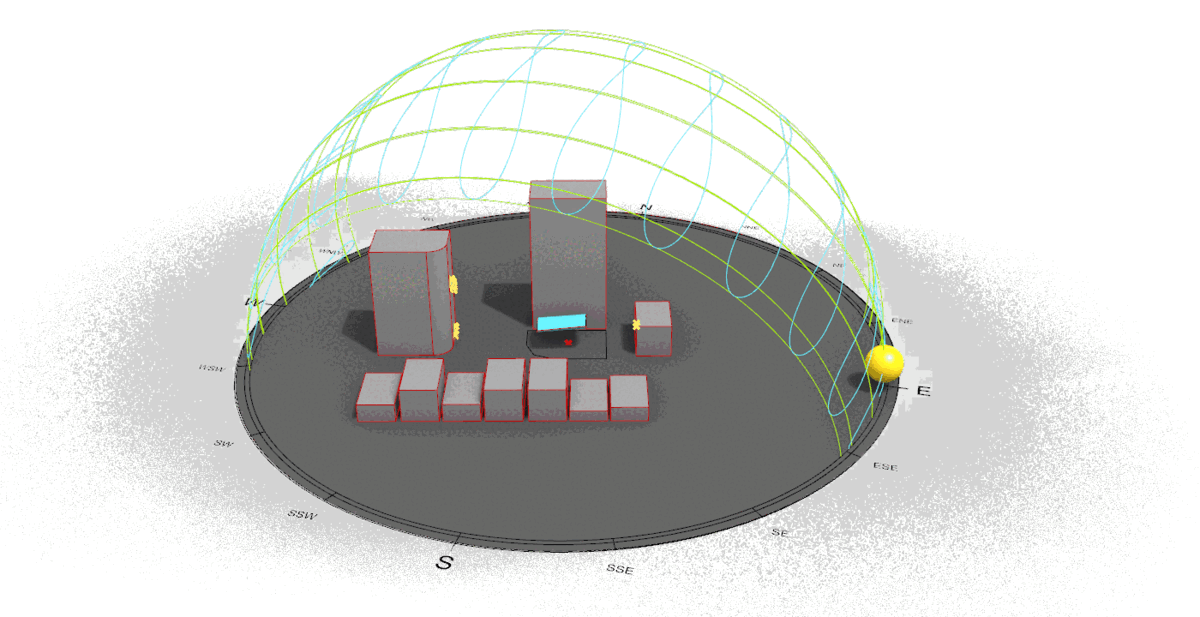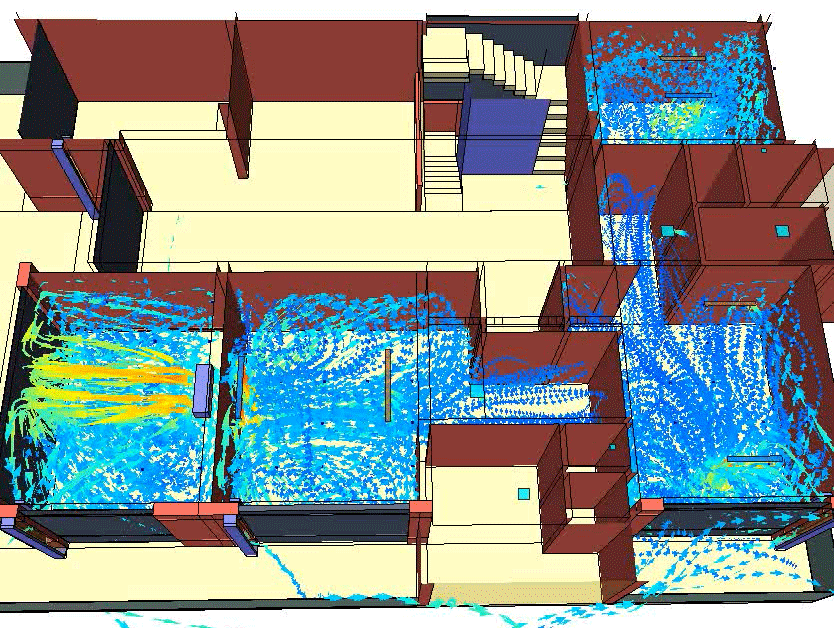The application of simulation in architectural design is becoming increasingly popular and plays an important role in the creative and construction processes of a building. Here are some key reasons:
- Improved Design Efficiency:
- Simulation helps architects evaluate the effectiveness of design solutions before actual construction. For example, lighting, ventilation, energy, and sound simulations help architects optimize the design for maximum efficiency.
- Simulation helps to detect and solve potential problems in the design, avoiding costly mistakes during the construction process.
- Simulation helps save time and money during the design and construction process.




- Improved Communication:
- Simulation helps architects communicate design ideas more effectively to clients, contractors, and other stakeholders.
- Simulation helps create visual representations that make it easier for everyone to understand the design and provide feedback.

- Promotes Innovation:
- Simulation helps architects experiment with new design solutions without having to build physical models.
- Simulation helps architects explore creative ideas and find the optimal solution for the building.


- Enhances Sustainability:
- Simulation helps architects design energy-efficient and environmentally friendly buildings.
- Simulation helps assess the impact of the building on the surrounding environment and develop solutions to minimize negative impacts.



Conclusion:
The application of simulation in architectural design brings many benefits to architects, clients, and stakeholders. Simulation helps improve design efficiency, improve communication, promote innovation, and enhance the sustainability of buildings.

Tags
Related news

Saving Energy Begins with Letting Go of Desire
In recent years, terms like energy saving and Net Zero have become hot topics in architecture and construction. We talk...
View detail
The Rebound Effect in Energy-Efficient Buildings
🌍 1. General Definition The Rebound Effect occurs when improvements in energy efficiency (such as better insulation, energy-saving devices, or...
View detail
Side Effects of Ultra-Energy-Efficient Buildings
🌍 1. Side Effects of Ultra-Energy-Efficient Buildings When we try to make a building as “airtight” as possible to save...
View detail





